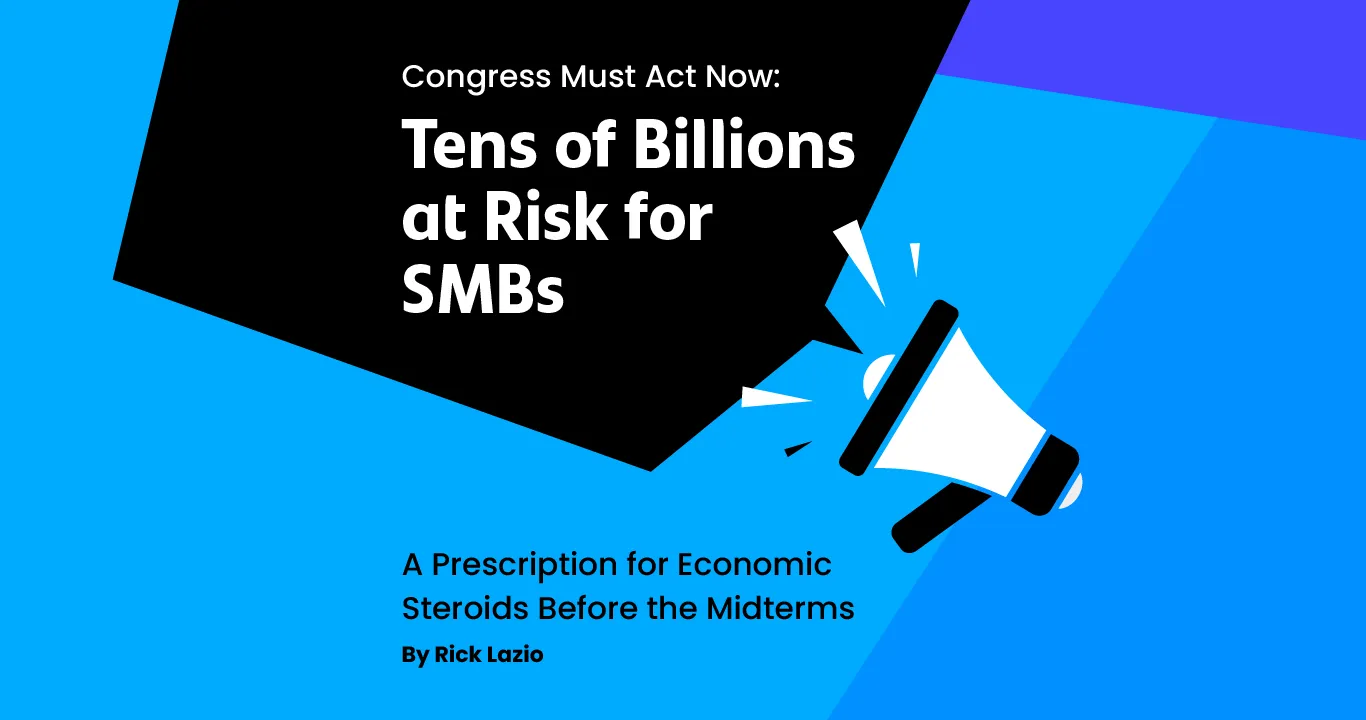A second-term Biden administration would likely run Direct File again, perhaps even expanding the parameters the software can handle and offering it in more states. If former president Donald Trump wins the election, on the other hand, its prospects are less secure. While Trump’s own views on Direct File are not known (his campaign declined to respond to questions), Republicans at the national and state levels have been critical of government-run tax filing.
But some proponents argue that Direct File might live on, even under a president who didn’t support it, since the IRS has wide discretion in how to spend its own budget.
“I don’t think they built it to shut it down,” said Adam Ruben, whose organization, the Economic Security Project, has been promoting the website to taxpayers. “I’ll be surprised if we don’t see it expand to more states and more tax situations next year.”
David Kautter, a former assistant secretary of the Treasury for tax policy, said the IRS won’t equate user numbers with success or failure.
“The IRS would say … we didn’t set our sights real high. We tried to make this a controlled pilot program,” he said. “If the IRS can develop a user-friendly interface, then it has the possibility to become very popular” in the future.
One unexpected twist was that publicity around Direct File drew attention to other long-standing government-supported options. The Free File Alliance, a group of private companies that offer free versions of their software to eligible taxpayers, said that as of April 5, more than 1.7 million households had used Free File software, an increase of 16 percent compared to the same time last year.
Meanwhile, IRS-supported Volunteer Income Tax Assistance programs had prepared 2.3 million free returns, an increase of 200,000 compared to last year, Treasury Secretary Janet L. Yellen told reporters on a call Friday.
The IRS has also touted its hiring of more than 5,000 customer service workers since receiving tens of billions of dollars of additional funding from Congress in 2022. This year, its workers answered more than 85 percent of phone calls from taxpayers, compared to 15 percent before the new funding, the IRS said.
Overall, it was “one of the best tax filing seasons the nation has seen in years,” said IRS commissioner Danny Werfel on the call Friday.
Hits and misses
Four taxpayers agreed to let a Washington Post reporter observe while they tried using Direct File.
In California, Tristan Brown, a state teachers union lobbyist, spent 15 minutes filling in his information before realizing that he had received a $140 dividend, a form of income that Direct File wouldn’t allow him to report.
“I guess I’m stuck. Which is lame. I feel like a lot of people are going to have [an investment] account that would have that,” he said. “Now I’m back to letting TurboTax take my money.”
Mia Francis, a barista, ran into similar trouble. Eight minutes in, she learned the site wouldn’t allow her to file since she had lived and earned income during the year in a nonparticipating state before moving to Massachusetts. “I do a lot of moving around. Unless they have it where … you can use it if you lived in more than one state, it will be unlikely that I’ll be able to do it,” she said as she stared at the screen.
But two of the taxpayers made it all the way through.
Havilah Fowler, an 18-year-old barista, was nervous about filing her first-ever tax return. The identity verification process was cumbersome and took her more than an hour, including a wait for a video call. Then she read and reread some of the prompts.
She wasn’t sure, for example, what “standard deduction” meant. “What is going on? Google will explain this better,” she said.
Still, when she got to the final page and saw her refund was on its way, she cheered and clapped.
Describing herself as “an inexperienced taxpayer,” Natalie Comerford, 20, clicked several times when the site offered buttons to explain or clarify tax concepts. She read explanations about how to correctly type in information from her W-2s from her part-time jobs, what “estimated tax payments” are, and whether she was entitled to any tax credits. Less than an hour after she began, she submitted her return.
“Normally government sites are really clunky,” she said. “That was really easy.”





